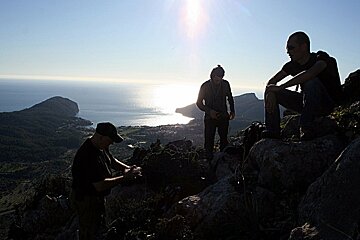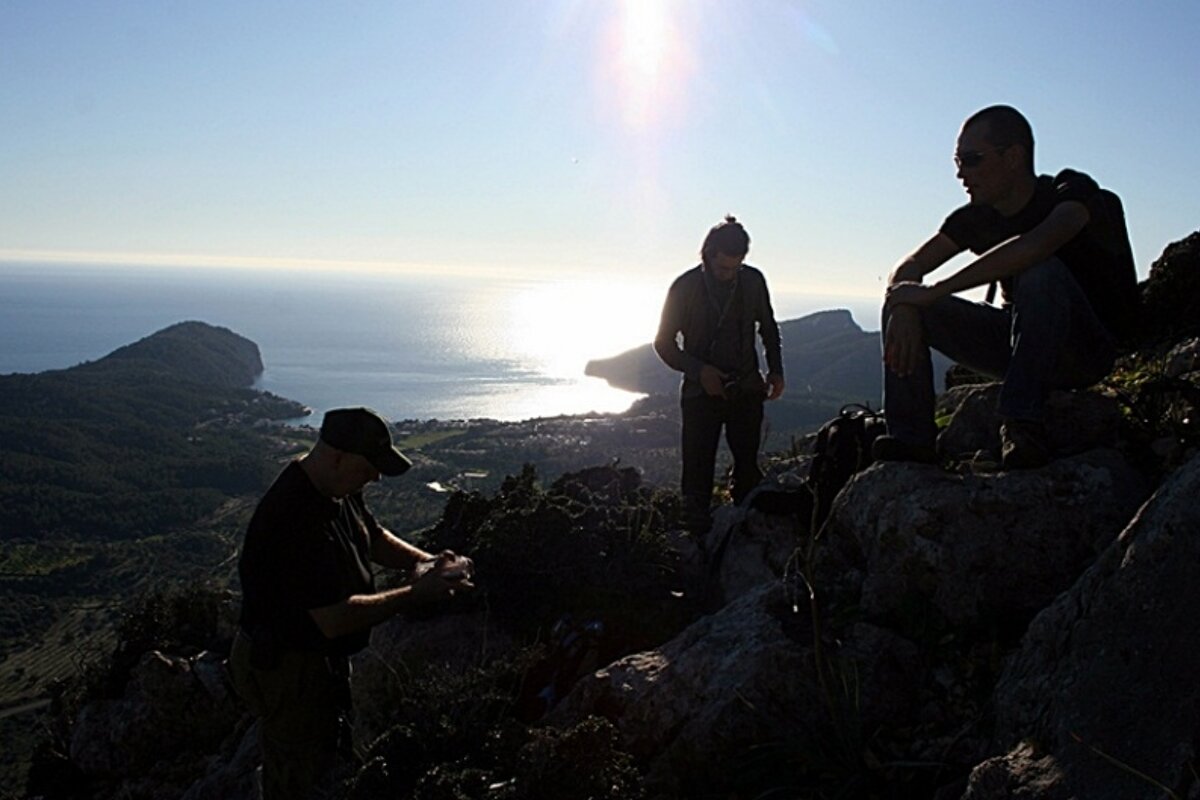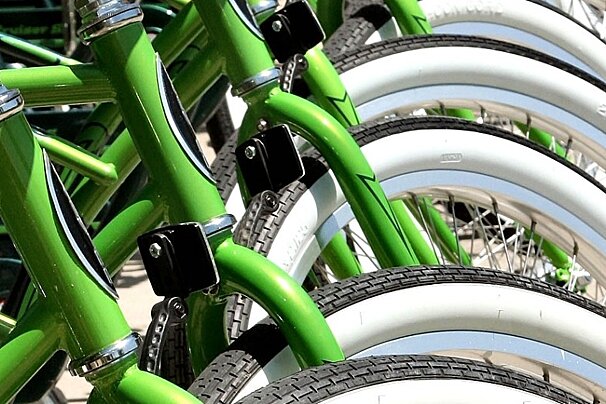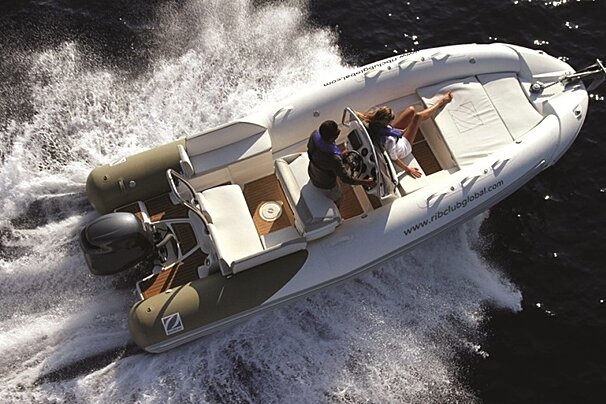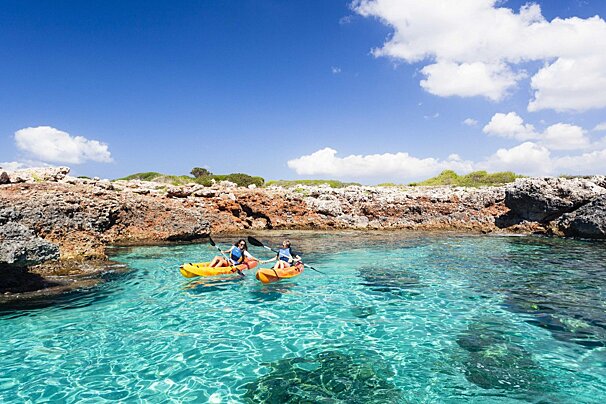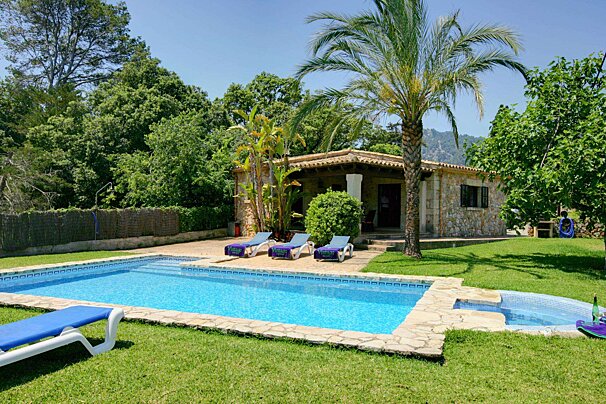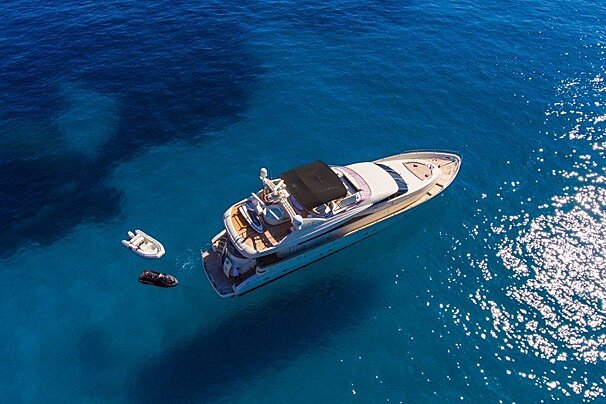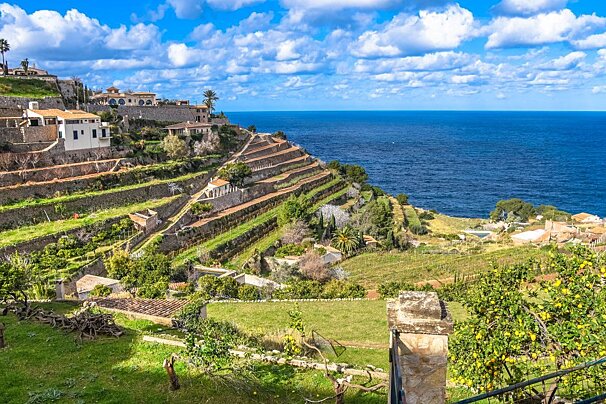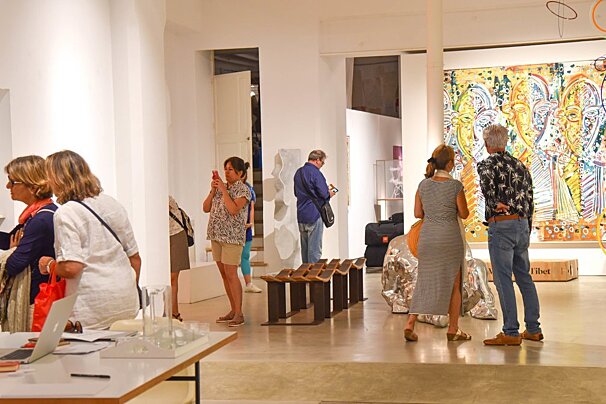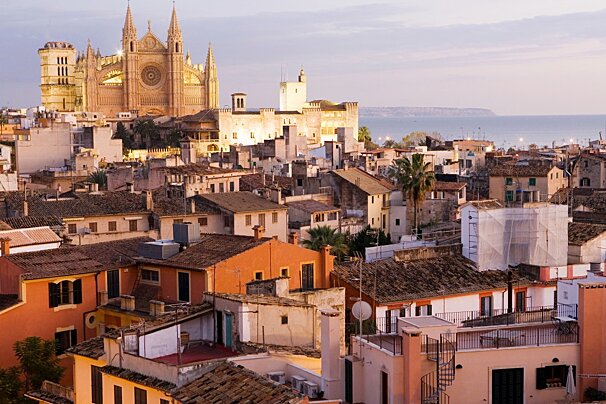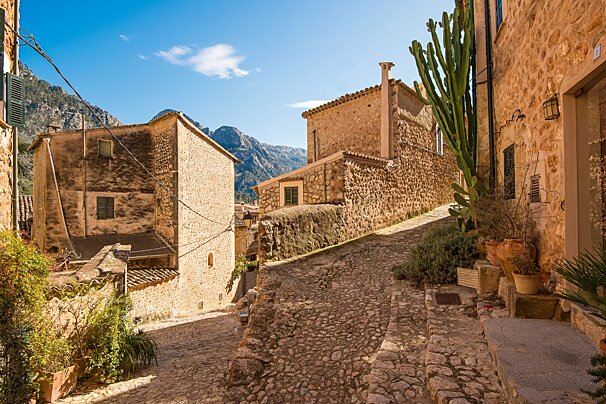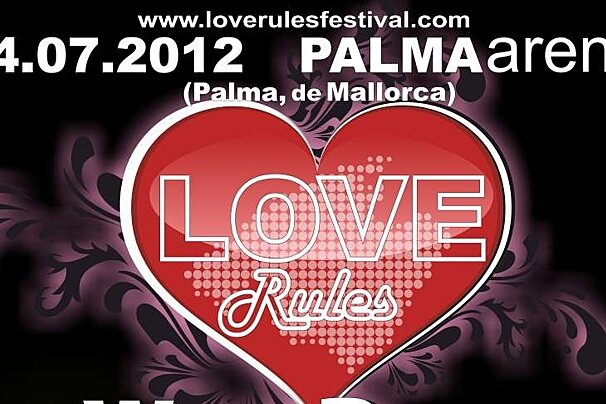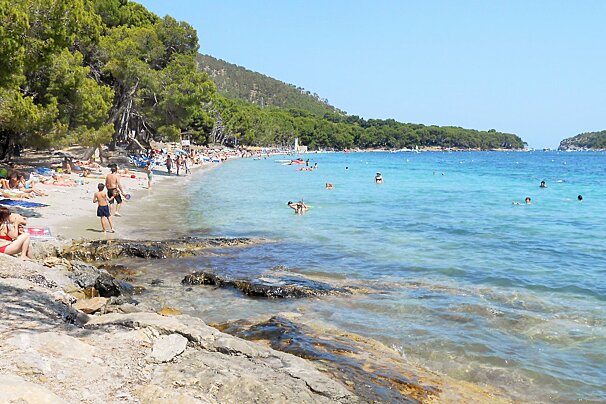
Treasure hunting with a difference in Mallorca
An introduction to geocaching
I first heard the term geocaching when I was invited to spend my New Year’s day walking up a mountain near Andratx, up to the Puig de sa Garrafa; an easy to moderate walk with a spectacular and useful view from Calvia town all the way over Andratx village to Port Andratx. A watchtower at the top is occupied by a fire watchman throughout summer. It's obvious how a column of smoke, the tell-tale sign of a forest fire in the making, can easily be spotted from this vantage point. I'm just glad I don't have to walk up and down that mountain every day to do my job.
But I digress, the walk was organised by Eckbert Waldleben, whose enthusiasm is contagious. After about 14 of us started the walk from the car park near Andratx, he wryly comments that he likes to have company when he goes geocaching. I was intrigued and asked him what he meant. During the course of the walk up he explained.
Geocaching started in the USA in 2000 and, in its simplest form, is a modern day treasure hunt. Co-ordinates are downloaded into a GPS receiver or GPS enabled cell-phone, from special community sites, such as www.geocaching.com. Geocachers then go out and find the location of their choice. Once they have reached the exact co-ordinates, they search for the treasure or ‘cache’. It is usually in the form of a small to medium sized box (think sandwich container, or quaint ammo boxes). Inside is a logbook and the geocacher can add their name in it, usually a nickname created when registering for free on the website. They can exchange a small keepsake with an item of similar or higher value and then return the cache to the hidden location exactly as they found it. The fun lies is in finding the cache, exploring the area and in meeting like-minded people.
Once back home, you return to the website and log the cache, thus keeping track of your activity. It's fun to see who else has been there and exchange messages about the experience.
The sport has become so popular that there are currently over 1.6 million registered users, and over 5 million caches all over the world. Since its inception, the basic idea behind the sport has been refined and now incorporates different levels. Caches are graded by difficulty with T1 being entry level and T5 indicating that special equipment is needed to seek out the cache. Special equipment includes climbing and diving gear as geocachers thought up more and more places to hide caches, including high up in the cliffs and deep down in the oceans. Needless to say, it is up to each geocacher to ensure their safety, but the website has helpful and active forums for each area of interest. Over and above this, where caches are located near historical sites, background to the area is given so that exploring and learning are par for the course.
Apart from the simple hide and seek cache, you can search for a ‘multi-cache’ which involves two or more locations. The first location has a note of where the next location is, thus a treasure hunt leading you into the unknown ensues. Puzzle caches leave a trail of mystery for you to unravel, while event caches are gatherings of geocachers. The ‘cache in trash out’ event is commendable. Here, as part of the standard treasure hunt, geocachers clean up the area, picking up trash and disposing of it properly. When a lot of you are doing it, the sense of community and the fun factor mean it doesn’t feel like a chore.
But back to the New Year’s day hike and the treasure hunt that I had thought was a normal hike. After we reached the summit of Puig de sa Garrafa and had had our picnic overlooking the wonderful vistas, it was down to some serious hunting. The excitement of following the GPS and then searching for the cache soon had everyone in cache fever, even those new to the hobby. It was fun to share in this hunt and make new friends. And I can definitely see why whole families get hooked.
Mallorca has over 400 caches and enthusiasts combine a holiday to the island with a bit of treasure hunting. Meeting the demand for organised events is MallorcaGEO.
From Friday 13th April until Monday 16th April 2012, the fifth annual Mallorca Geocaching event takes place, with all relevant info at www.mallorgeo.com . This popular event will give geocachers plenty of chance to meet or reacquaint themselves with like-minded treasure seekers while enjoying paella, or go and explore a few caches on their own or in a group. Organised diving or climbing cache tours are the highlight of the event.
Did I mention that as a member you are allowed to hide new caches of your own at your favourite locations? By sticking to the guidelines set out on the websites and logging the new cache on it, the ever growing database of unusual and beautiful spots on Majorca can be revealed to new fans.
There are even mementoes in the form of Geocoins which are lovingly created with unique designs. Equipped with a unique number, these can be tracked online as they are sent on a mission chosen by the originator. The coin will be passed from geocacher to geocache until it reaches its destination, where it is deactivated and can become part of someone’s collection.
Non geocachers are known as muggles, but why not change that? Look up geocaching and try a little treasure hunting with a difference during your next visit to Mallorca.
